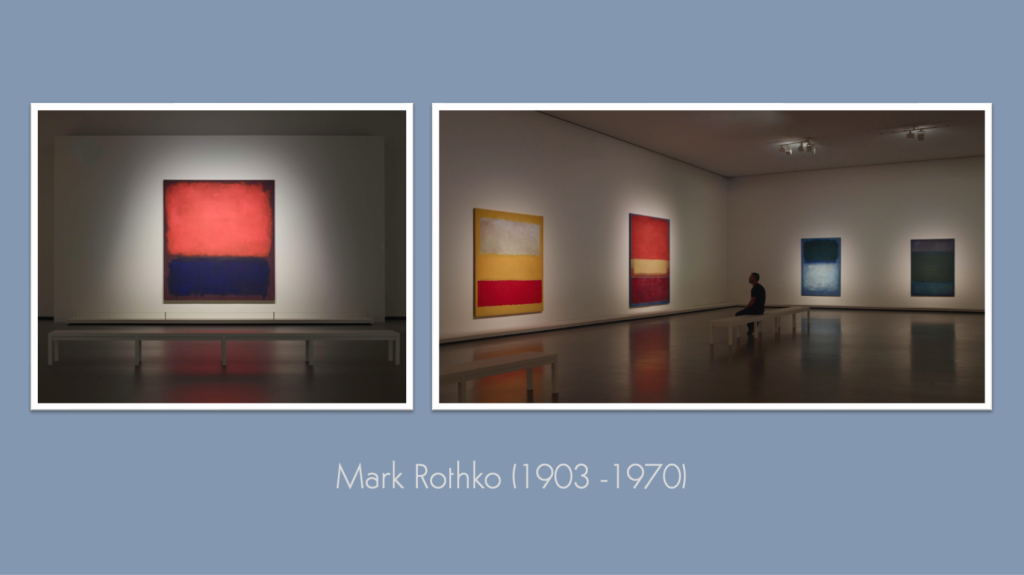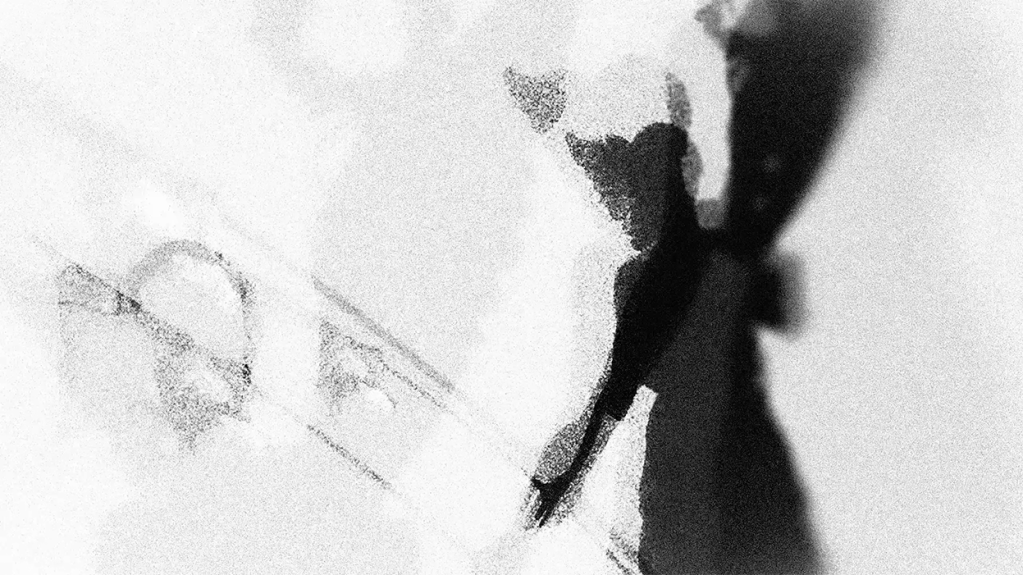
Synthesis is a magic trick, the way seemingly disparate things activate each other before drawing together more tightly to produce something whole and new. It’s the busy brain, seeing patterns, asserting them, refusing disparity, giving shape, form and meaning where there was none… and it’s always a relief when it happens!
I’d never heard of Alice Neel, whose 1932 painting, Symbols, was the prompt for our most recent Kick-About. The image felt freighted and quietly fraught, meaning abounding at a certain pitch, with the ensemble of symbols speaking to female experience and our expectations around it. A bit more research later, and it became clear the dissonance radiating from Neel’s nude doll was far from unique in her art, that childhood, children and parenting were oft-visited sites for Neel’s thematic unease.
Degenerate Madonna (1930) > Untitled (1982) Sam and Richard (1940) > Sam and Hartley (1945)
A number of Neel’s paintings made me think of many of the female characters who inhabit the short stories of Shirley Jackson, a writer whose fiction throbs with suppressed terror, panic and raw frustration of ordinary people. Jackson isn’t a sentimental writer, very far from it, her characters compressed by social conventions around their roles as wives and mothers. A favourite story of mine is Colloquy (1944), the shortest of stories, in which an agitated Mrs Arnold is in conversation with her doctor about her husband’s erratic behaviour. As the story progresses, Mrs Arnold is unable to make the doctor register her feelings meaningfully, and what is sane about her emotional reaction to the march of modernity is served back up to her by the doctor as hysteria.
“Mrs. Arnold,” the doctor said, coming around the desk, “we’re not going to help things any this way.”
“What is going to help?” Mrs. Arnold said. “Is everyone really crazy but me?”
“Mrs. Arnold,” the doctor said severely, “I want you to get hold of yourself. In a disoriented world like ours today, alienation from reality frequently–“
“Disoriented,” Mrs. Arnold said. She stood up. “Alienation,” she said. “Reality.” Before the doctor could stop her she walked to the door and opened it. “Reality,” she said, and went out.
Colloquy was first and foremost in my mind when I began writing the short monologue for Quite Normal. I wanted that patrician condescension and awful powerlessness. I wanted it as bleak as Jackson’s stories are bleak.
Alan Bennett’s Talking Heads have just been re-visited by the BBC. I remember watching them on television when they aired originally back in the late 1980s and how powerful they were, not least because they required you to really look, really listen and really connect. There was something discomforting and challenging about being that intimate with a character, being so inside their experience.
But if I’m being 100% honest, it was another famous monologue I was thinking about in terms of how to approach making this film: ‘Mother’s’ monologue from Hitchcock’s Psycho (1960), a film that plays in my head most days in some secret flickering way. I knew my character wasn’t a villain and she certainly isn’t mad – that’s the whole point – but this scene in Psycho is essentially a monologue supported by a sequence of still shots; after the high-jinx of the shower scene, we get this relative immobility, this watchfulness, this simpler act of looking and listening.
There’s also the final moment following mother’s monologue when Hitchcock super-imposes her dessicated face over Norman’s face; the resurgence of the predator, of impulses vile and violent. There’s a moment in Charly Skilling’s performance of the Quite Normal script that achieves a similarly chilling effect, when she says “I don’t suppose for one minute when she looks at her baby she worries like I worry” – where just for a second we hear, not anxiety, but curiosity about her own propensity for terrible cruelty.
The decision to use stills was a practical one – I don’t have access to a video camera right now – but one of the most satisfying and disinhibiting things about the Kick-About is the way it compels you to turn limitations into purposeful visual strategies. Confining myself to using imagery culled from mid-century magazine advertisements meant I could co-opt all that gendered baggage around (im)perfect lives, (im)perfect smiles, (un)wholesomeness, and the tyranny of idealisation. I re-photographed all the imagery direct from my laptop screen, re-framing it, hunting out the noise, pushing the colour, pulling the colour, and courting perspectival distortions.




But why set the film at the dentist?
I’ve always been haunted by the idea that my brother and I robbed the calcium from my mum’s teeth – that as babies, we were parasites (and for many years afterwards I strongly suspect!). Even today, mum fears the dentist, having had her crumbling back teeth removed at a time when dentistry was a more medieval interaction. Of all the different elements combining to tell this story, it was this detail about teeth around which everything coalesced with a satisfying snap. It was the symbol I was looking for, the visual means by which to tell a story about the various invasions visited upon women by baby-making in all its phases.











Leave a comment